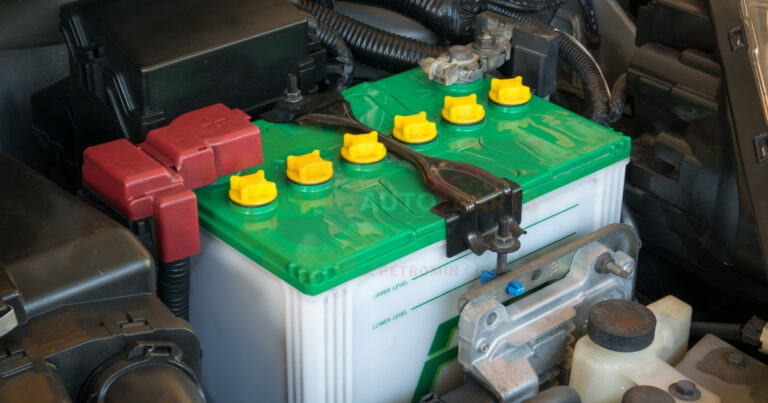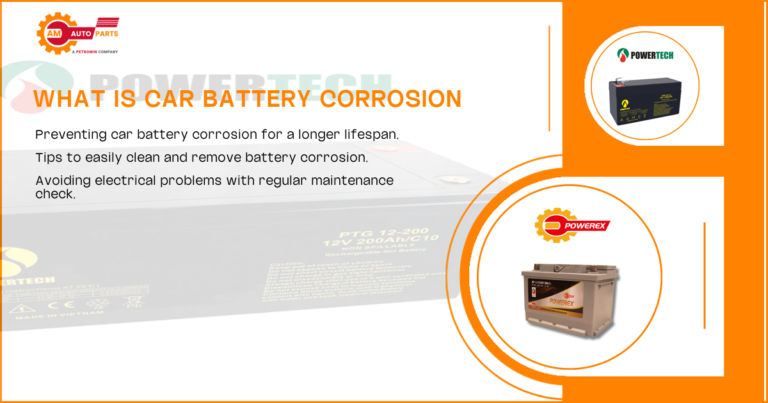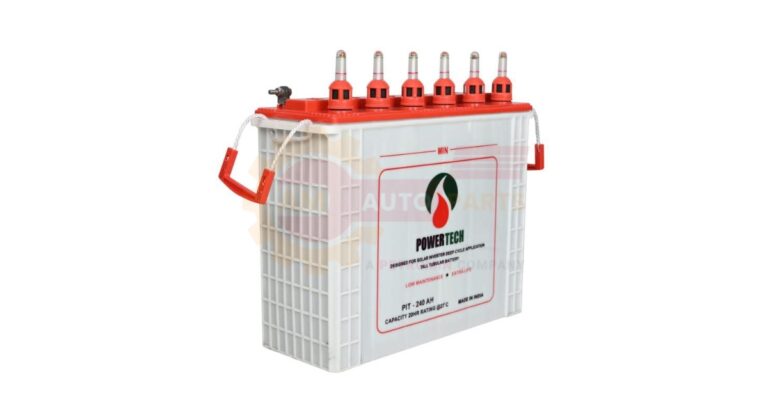How to Remove Car Battery Properly: A Step-by-Step Guide
Removing a car battery might seem daunting, but with the right guidance, it can be a straightforward task. This guide will walk you through the process of how to remove a car battery properly, ensuring safety and efficiency. Whether you’re a seasoned car enthusiast or a beginner, these steps will help you handle your car battery with confidence.
Safety Precautions for Car Battery Removal
Before you begin, it’s crucial to prioritize safety. Car batteries contain sulfuric acid and can produce hydrogen gas, which is highly flammable. Taking the right precautions can prevent accidents and injuries.
Required Tools and Equipment
To safely remove a car battery, you’ll need a few essential tools. These include a wrench or socket set, a pair of gloves, and safety goggles. Having the right tools on hand will make the process smoother and safer.
Protective Gear for Battery Handling
Wearing protective gear is vital when handling car batteries. Gloves protect your hands from acid burns, while safety goggles shield your eyes from potential splashes. Always ensure you’re adequately protected before starting the removal process.
- Wrench or socket set
- Gloves
- Safety goggles
Locating Your Car’s Battery
Finding the battery is the first step in the removal process. Depending on your vehicle type, the battery’s location can vary.
Common Battery Locations in Different Vehicle Types
In most vehicles, the battery is located under the hood. However, some cars, especially luxury models, may have the battery in the trunk or under the rear seat. Knowing where to look can save you time and effort.
Identifying Battery Terminals and Connections
Once you’ve located the battery, identify the positive and negative terminals. The positive terminal is usually marked with a plus sign (+) and may have a red cover, while the negative terminal is marked with a minus sign (-) and typically has a black cover.
- Under the hood
- In the trunk
- Under the rear seat
Disconnecting the Battery Cables
Properly disconnecting the battery cables is crucial to avoid electrical shorts and potential injuries.
Proper Order for Cable Removal
Always disconnect the negative cable first. This minimizes the risk of a short circuit. After the negative cable is removed, proceed to disconnect the positive cable.
Techniques for Loosening Corroded Terminals
Corroded terminals can be challenging to remove. Use a wrench to gently loosen the nuts, and if necessary, apply a corrosion remover or a mixture of baking soda and water to dissolve the corrosion.
- Disconnect the negative cable first
- Disconnect the positive cable second
- Use corrosion remover if needed
Removing Battery Hold-Down Clamps
Battery hold-down clamps secure the battery in place. Removing them is essential before lifting the battery out.
Types of Battery Securing Mechanisms
Different vehicles use various mechanisms to secure the battery. These can include brackets, clamps, or straps. Understanding the type of securing mechanism will help you remove it efficiently.
Tools Needed for Clamp Removal
A socket set or wrench is typically required to remove the hold-down clamps. Ensure you have the right size tool to avoid stripping the bolts.
- Brackets
- Clamps
- Straps
Lifting and Extracting the Car Battery
Once the battery is free from cables and clamps, it’s time to lift it out of the vehicle.
Proper Lifting Techniques to Avoid Injury
Car batteries are heavy, so use proper lifting techniques to avoid injury. Bend your knees and keep your back straight while lifting. If the battery is too heavy, ask for assistance.
Disposing of Old Batteries Responsibly
Old car batteries should be disposed of responsibly. Many auto parts stores and recycling centers accept used batteries for recycling. This helps protect the environment and ensures the lead and acid are handled safely.
- Bend knees while lifting
- Keep back straight
- Recycle at auto parts stores
What are the signs of a failing car battery?
Recognizing the signs of a failing battery can prevent unexpected breakdowns.
Common Symptoms of Battery Deterioration
A failing battery may show symptoms such as slow engine crank, dim headlights, or a clicking sound when turning the key. These signs indicate that the battery may need replacement.
How to Test Battery Health at Home
You can test your battery’s health at home using a multimeter. A fully charged battery should read around 12.6 volts. If the reading is significantly lower, it may be time for a replacement.
- Slow engine crank
- Dim headlights
- Clicking sound when starting
How often should you replace your car battery?
Understanding the lifespan of a car battery can help you plan for replacements.
Factors Affecting Battery Lifespan
Several factors can affect a battery’s lifespan, including climate, driving habits, and maintenance. Extreme temperatures and frequent short trips can shorten a battery’s life.
Average Battery Replacement Intervals
On average, car batteries last between 3 to 5 years. Regular testing and maintenance can help extend the battery’s life and ensure reliable performance.
- Climate
- Driving habits
- Maintenance
Can you remove a car battery yourself?
Deciding whether to remove a car battery yourself depends on your comfort level and experience.
DIY Battery Removal vs. Professional Service
Removing a car battery yourself can save money, but it requires careful attention to safety and procedure. If you’re unsure, seeking professional service is a safer option.
Potential Risks of Improper Battery Removal
Improper removal can lead to electrical shorts, acid spills, or personal injury. Always follow the correct procedure and use the right tools to minimize risks.
- Save money with DIY
- Professional service for safety
- Follow correct procedure
What happens if you disconnect the positive terminal first?
Understanding the correct disconnection sequence is crucial for safety.
Risks of Incorrect Battery Disconnection Sequence
Disconnecting the positive terminal first can cause a short circuit if the wrench touches any metal part of the car. This can lead to sparks or even a battery explosion.
Proper Terminal Disconnection Order
Always disconnect the negative terminal first, followed by the positive terminal. This reduces the risk of accidental short circuits. Battery charge depletion happens when your device uses up its stored power The more you use your device the faster Faulty charging system can make your car battery weak or dead A
Battery voltage range The Charge depleted battery means your device has no power left You need to plug it in to recharge the
Battery symptoms deteriorate when your device starts losing power faster than usual or doesn’t hold a charge as long as it used to Car battery recommendations Choose a battery that fits your car’s size and power needs and replace it every 3 to 5 years to keep your vehicle running smoothly
BMS enhances longevity by helping our bodies work better and stay healthy for longer This system supports our cells and organs to function well as we age
- Risk of short circuit
- Sparks or explosion
- Disconnect negative first
How long does it take to remove a car battery?
The time it takes to remove a car battery can vary based on several factors.
Estimated Time for Battery Removal Process
On average, removing a car battery takes about 15 to 30 minutes. This includes gathering tools, disconnecting cables, and removing clamps.
Factors That May Extend Removal Duration
Factors such as corroded terminals, hard-to-reach battery locations, or unfamiliarity with the process can extend the removal time. Preparing in advance can help streamline the process.
- 15 to 30 minutes
- Corroded terminals
- Hard-to-reach locations
FAQs
How do I know if my car battery needs to be replaced?
If your car battery is over three years old and shows signs of deterioration like slow cranking or dim headlights, it may need replacement. Regular testing with a multimeter can help determine its health. If the voltage is below 12.4 volts, consider replacing the battery.
Can I remove a car battery without any tools?
No, removing a car battery without tools is not recommended. You need a wrench or socket set to disconnect the cables and remove the hold-down clamps. Using the right tools ensures safety and prevents damage to the battery or vehicle.
What should I do with my old car battery?
Old car batteries should be recycled at designated recycling centers or auto parts stores. Recycling prevents environmental harm and allows for the safe handling of lead and acid. Many stores offer a discount on a new battery when you recycle the old one.






